Boost Your Machanical Bids – Request a Precision Estimate!
- Accurancy
- Efficiency
- Transparency
- Customization
- Time Saving
- Professionalism
- Cost Control
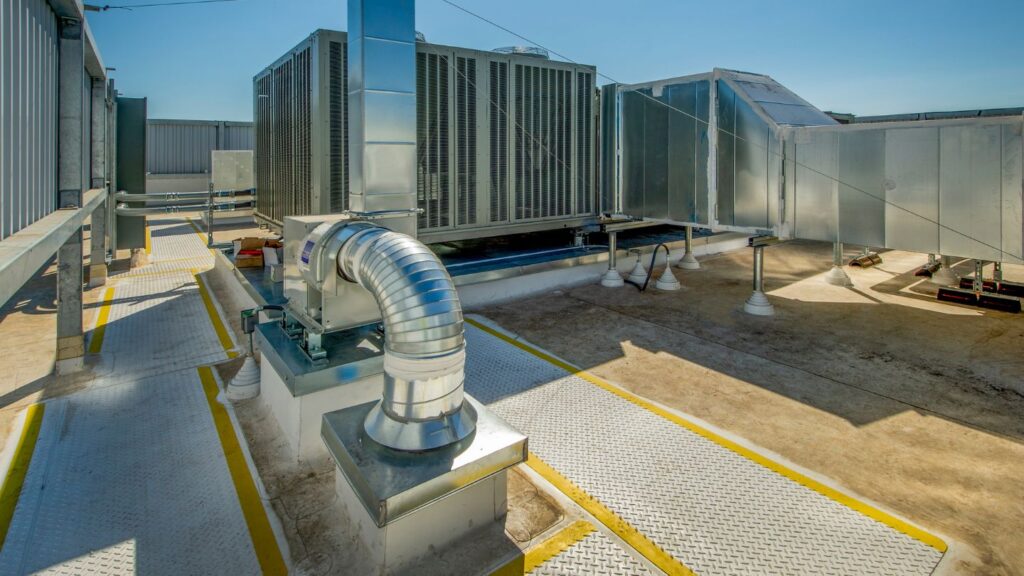
When considering the comfort of your home, the furnace emerges as a vital component. Understanding the costs associated with furnace repair or replacement is essential for homeowners looking to make informed decisions. In this comprehensive guide, we’ll delve into the intricacies of furnace costs, factors influencing them, and the benefits of upgrading.
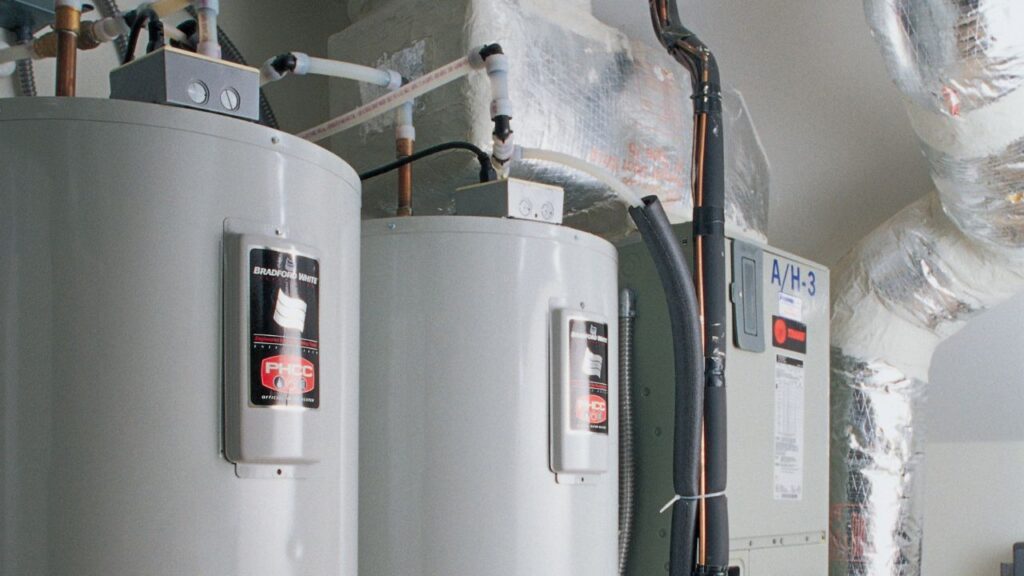
Before delving into the world of costs, it’s essential to grasp the fundamental role of the furnace in home heating systems. Acting as the linchpin, the furnace ensures your home remains warm and welcoming, making it an indispensable component in the pursuit of comfort.
A furnace isn’t just a mechanical apparatus; it’s a long-term investment in your home’s comfort and efficiency. With an average lifespan spanning 15 to 25 years, choosing a new furnace becomes a commitment that influences your living environment for decades. It underscores the need for careful consideration and informed decision-making.

Fully Insured Licensed Hire A Contractor For Mechanical Contractor
Hire Contractor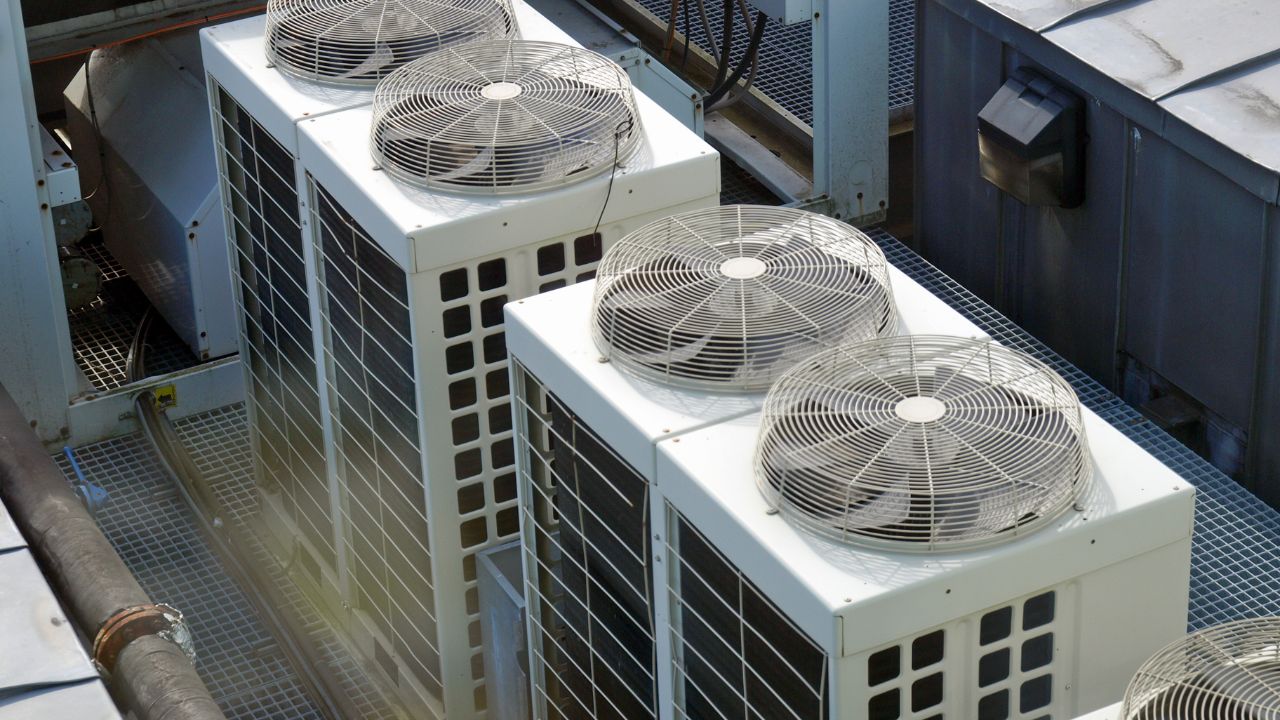
Make Informed Design Decisions Showcase Your Design Ideas
Get RenderingComponent | Cost Range |
Hardware | $2,400 – $12,000 |
Labor | $1,800 – $3,600 |
Gas furnaces stand out for their efficiency and reliability. The hardware cost ranges from $2,400 to $12,000, with labor costs falling between $1,800 and $3,600. Understanding the nuances of gas furnace installation is crucial for making an informed decision.
Component | Cost Range |
Hardware | $960 – $3,600 |
Labor | $1,200 – $3,000 |
Electric furnaces offer a balance between cost and efficiency. The hardware cost ranges from $960 to $3,600, with labor costs between $1,200 and $3,000. We’ll explore the efficiency and long-term benefits of electric furnaces.
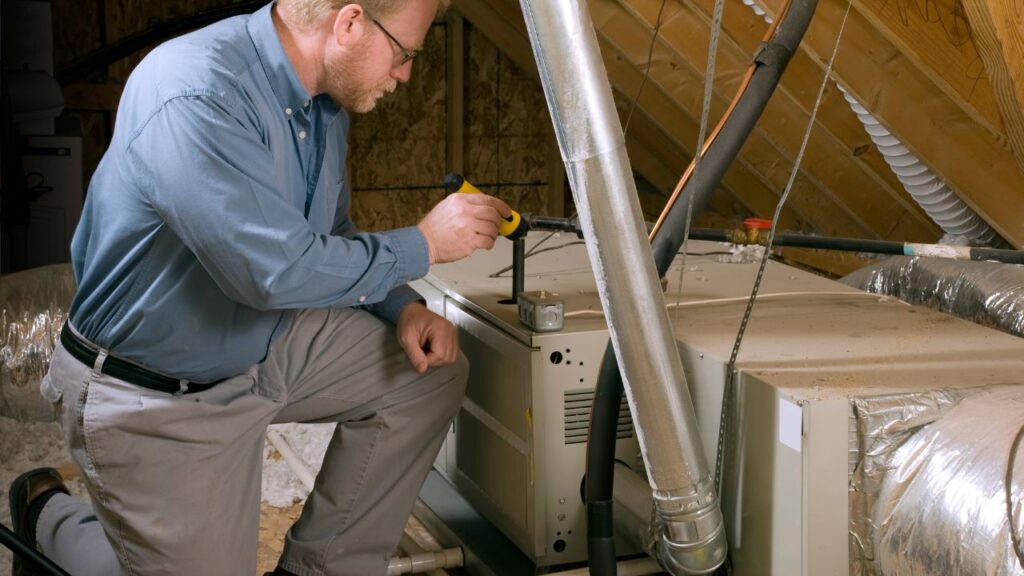
Component | Cost Range |
Hardware | $2,400 – $9,000 |
Labor | $2,400 – $6,000 |
Oil furnaces present unique considerations. The hardware cost ranges from $2,400 to $9,000, with labor costs from $2,400 to $6,000. We’ll delve into the specific factors that make oil furnaces stand out.
Oil furnaces may require additional considerations, such as storage for oil tanks and regular maintenance.

Component | Cost Range |
Hardware | $2,400 – $12,000 |
Labor | $1,800 – $3,600 |
Propane furnaces combine efficiency and investment. The hardware cost is in the range of $2,400 to $12,000, with labor costs ranging from $1,800 to $3,600. Unpacking the specifics of propane furnace installation is vital for potential users.
While propane furnaces have a higher upfront cost, the efficiency and availability of propane can make them a viable long-term investment.
The size of your furnace directly impacts the overall cost. Homes in colder climates or with more square footage will require a larger heating system with more BTU output, leading to a higher upfront cost. Consulting a BTU calculator is crucial for determining the appropriate size based on your home’s geographic location and square footage.
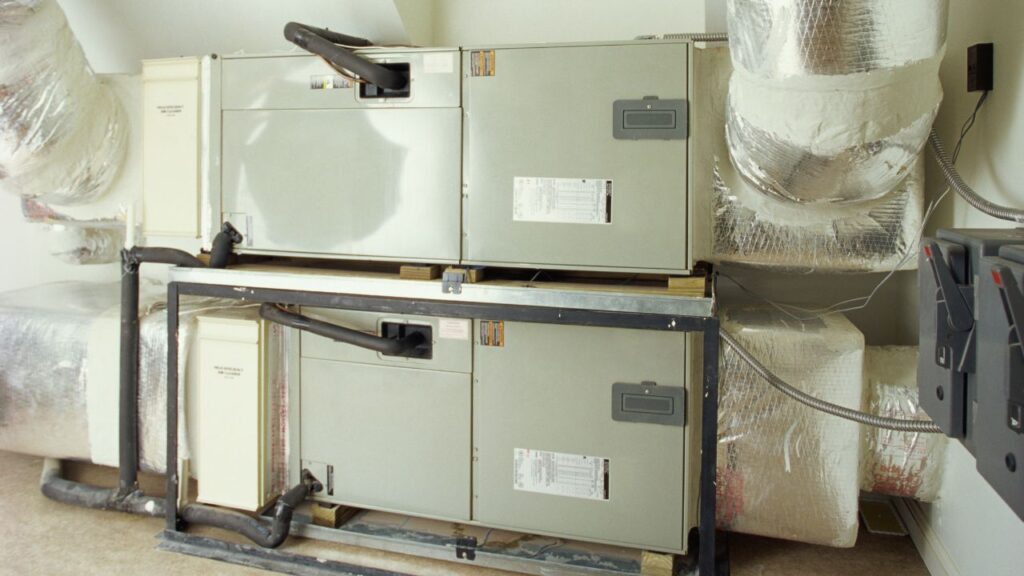
Efficiency ratings significantly affect costs. A furnace with an 80% efficiency rating will cost considerably less than one with a 98% efficiency rating. We’ll guide you through the decision-making process based on your climate and long-term goals.
Installation labor rates vary based on experience. More experienced installers generally charge more for labor, while less experienced installers may charge less. Upgrading to a more efficient furnace may require additional work, impacting the overall installation cost.
The state of your home’s ductwork can impact costs significantly. Whether installation, replacement, or enhancement is needed, understanding the condition of your ductwork is crucial in estimating the total expense of your heating system.
Don’t overlook the cost of permits, which can range from $120 to $240. Permits are necessary to ensure that installations meet safety standards and regulations. Understanding how permits contribute to the overall cost is crucial in budgeting for your furnace installation.
When upgrading, the removal of the old furnace is expected. The average costs for removal and disposal range from $240 to $420, depending on the type of furnace. Being prepared for this aspect of the installation process is vital for a smooth upgrade.
Discover potential savings through rebates and tax credits. Always ask your installer about available credits. Leveraging these incentives can offset the overall cost of your new furnace, making it a more financially favorable investment.

Fully Insured Licensed Hire A Contractor For Mechanical Contractor
Hire Contractor
Make Informed Design Decisions Showcase Your Design Ideas
Get RenderingAs your current furnace ages, maintenance costs may soar. Repair bills for an aging unit might exceed the cost of a new unit. It’s worth considering an upgrade if your current unit is near the end of its life. Balancing repair costs against the investment in a new unit is crucial for making an informed decision.
Efficiency matters for your monthly energy bills. A higher efficiency furnace can lead to significant savings over time. Electric furnaces, in particular, convert nearly 100% of the energy used into heat, making them incredibly efficient. However, the cost of electricity may make it prohibitively expensive for large homes or those in cold climates. Consider the fuel costs in your region when determining the type and efficiency of furnaces.
Understanding furnace costs is pivotal for homeowners. From the initial investment to long-term benefits, each aspect plays a role in ensuring your home remains comfortable and energy-efficient. It’s crucial to make informed choices based on your specific needs, climate, and long-term goals.
Consult a BTU calculator based on your home’s geographic location and square footage to determine the appropriate size for your furnace.
In colder climates, a high-efficiency furnace may be worth the initial cost, offering long-term energy savings. In warmer climates, consider a balance between efficiency and upfront costs.
Labor rates vary based on experience. More experienced installers may charge more, and additional work required for a more efficient furnace can impact labor costs.
Electric furnaces are environmentally friendly, converting nearly 100% of energy into heat. Consider the environmental impact when choosing your furnace type.
Always inquire about available credits with your installer. Research federal and local programs to maximize rebates and tax credits for your new furnace.
Here I am going to share some steps to get a furnace cost estimate report.
You can send us your plan on info@estimatorflorida.com
Before starting your project, we send you a quote for your service. That quote will have detailed information about your project. Here you will get information about the size, difficulty, complexity and bid date when determining pricing.
Our team will takeoff and estimate your project. When we deliver you’ll receive a PDF and an Excel file of your estimate. We can also offer construction lead generation services for the jobs you’d like to pursue further.

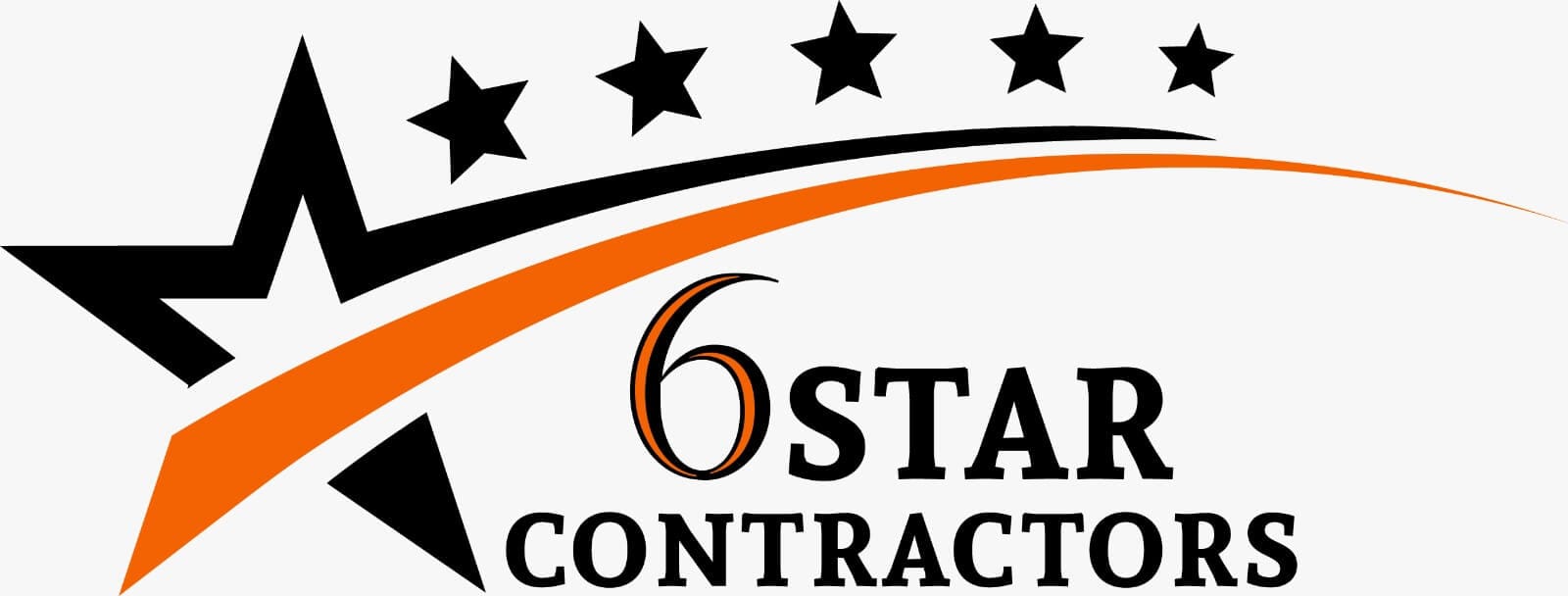

561-530-2845
info@estimatorflorida.com
Address
5245 Wiles Rd Apt 3-102 St. Pete Beach, FL 33073 United States
561-530-2845
info@estimatorflorida.com
Address
5245 Wiles Rd Apt 3-102 St. Pete Beach, FL 33073 United States
All copyright © Reserved | Designed By V Marketing Media | Disclaimer